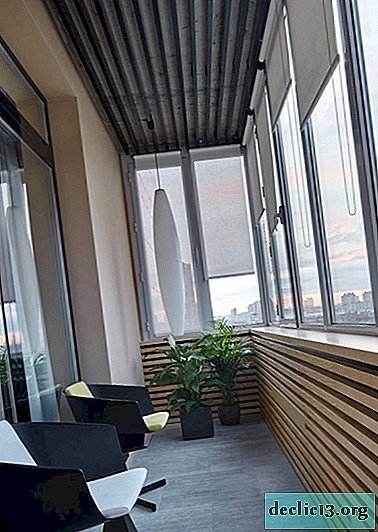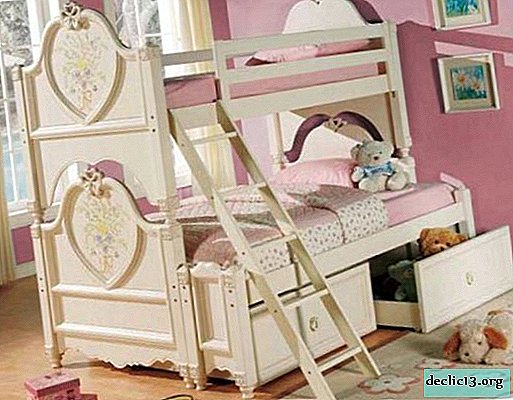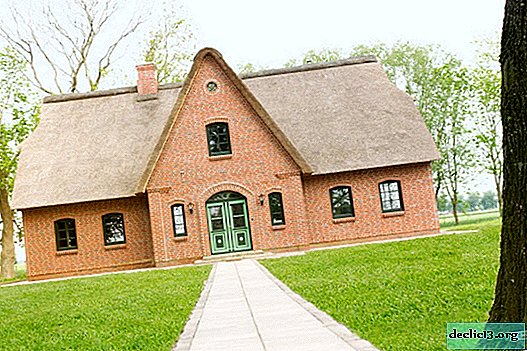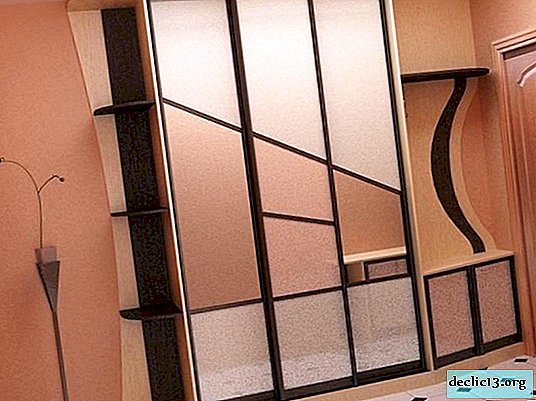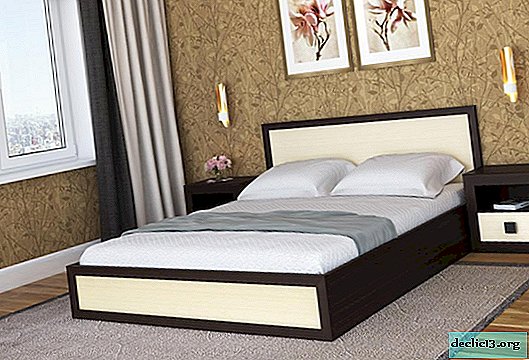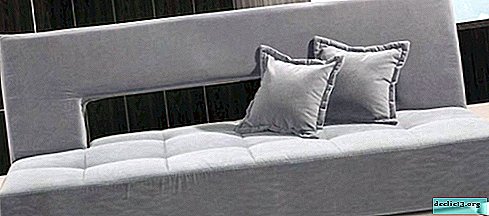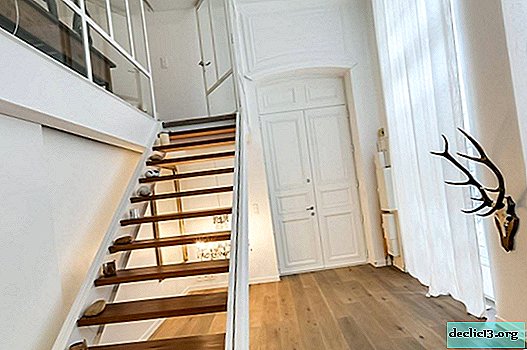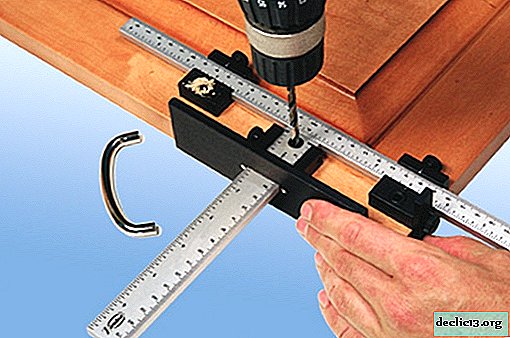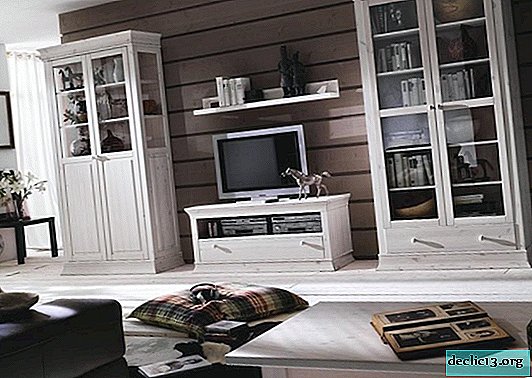Types of bulk floors
Self-leveling floor is called a seamless polymer coating, used to level and protect the base, and having high performance properties. Self-leveling floors can be used both in residential and industrial premises, their main purpose is to give the surface enhanced characteristics of mechanical strength, chemical resistance, heat resistance, vapor permeability, etc.
Types of bulk floors
Depending on the thickness and purpose of the bulk floors are divided into:
- thin-layer (with a thickness of up to 5 mm) - used for dedusting, impregnation and protection of concrete and cement substrates;
- vapor-permeable (up to 6 mm) - the composition of such floors includes aqueous epoxy materials, which give the coating special strength, vapor permeability and resistance to capillary moisture;
- special (up to 10 mm) - give the surface unique operational properties (electrical conductivity, electrical insulation, chemical resistance, etc.);
- universal (up to 15 mm) - are used to level concrete floors and protect them from aggressive environmental influences;
- decorative (up to 10 mm) - bulk floors with enhanced decorative and performance characteristics.
Types of bulk floors by composition
- polyurethane;
- epoxy;
- methyl methacrylate;
- cement-acrylic.
The first type is most suitable for the arrangement of residential premises. The following three types of coatings have found application in the creation of floors in industrial premises and in facilities with high traffic.
Industrial bulk floors
Undoubtedly, bulk floors have a huge advantage over concrete. Concrete floors are susceptible to chemical influences, have low indicators of frost resistance, wear resistance, resistance to temperature changes and vibrations. In addition, concrete floors have increased dust emission. Self-leveling floors for industrial premises are particularly resistant to aggressive environments.
Epoxy bulk floors are resistant to chemical and mechanical factors, such floors are recommended for use in enclosed spaces with high humidity and special requirements of sanitary and hygienic standards.
A special role in industry, as well as in construction, is played by antistatic self-leveling floors, which make it possible to protect the room from fire as much as possible. They have one more indisputable advantage - such coatings are dustless, which has an additional beneficial effect on the health of employees of the enterprise.
Methyl methacrylate self-leveling floors are less popular due to their high demands on adherence to installation technologies. In addition, they have a pungent odor that can remain for some time after polymerization.
Cement-acrylic self-leveling floors are based on dry mortar. They are easy to install, dry quickly and have high wear resistance.
Self-leveling floors in the apartment
Bulk floors in residential premises have certain advantages over other coatings:
- high level of wear resistance;
- mechanical stability;
- durability;
- dust free;
- seamlessness;
- hygiene;
- fire safety;
- aesthetics;
- safety for health.
In recent years, three-dimensional images on the floor have become very popular, which make it possible to create a bright, unique interior indoors. Using special technology when laying 3D bulk floors in an apartment allows you to create the illusion of a three-dimensional image when looking at it from a certain angle. 3D bulk floors are not only very aesthetic and unusual, but also durable.
Preparation for bulk floors
Proper preparation of the foundation for laying the bulk floor will guarantee the quality of the coating. For example, concrete floors and cement-sand screeds must first be well dried and cleaned. Porous surfaces are hardened using special impregnations. If the base was covered with ceramic tiles, it is repaired, washed and thoroughly degreased. The primer is applied to the tile, while the tile itself must be firmly attached to the surface and not loose. Wooden surfaces can only be used clean and dry. Previously, to give the desired roughness, they are plastered or ground. Read more about how to fill the bulk floor here.


